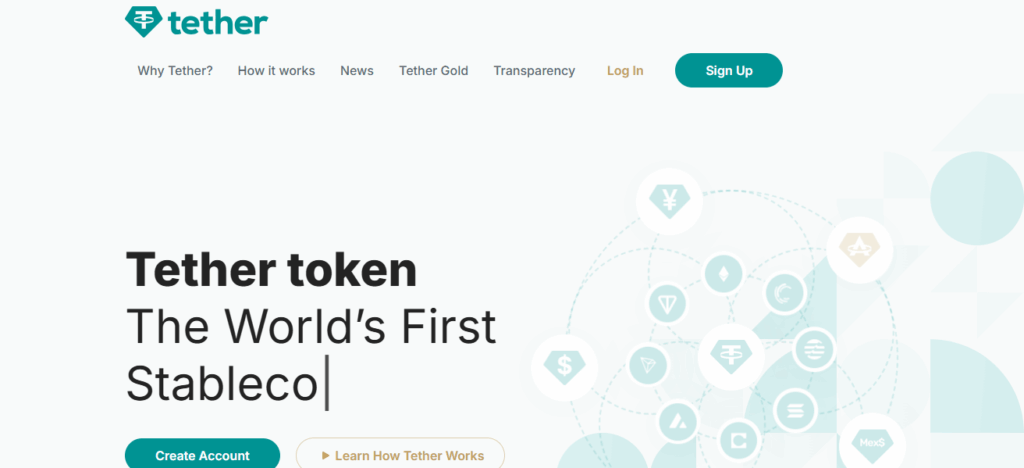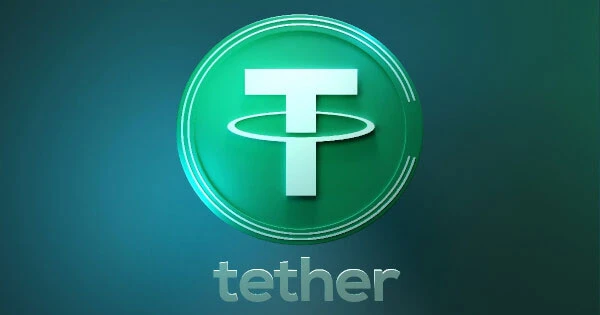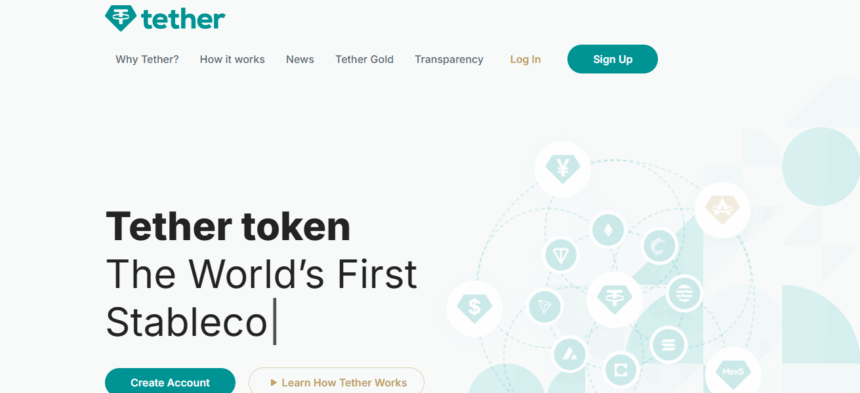Tether’s issuance of \$3 billion worth of USDT in the last day has generated significant buzz throughout the crypto community.
Issuance increases like this come alongside the approval of new regulations, in this case the GENIUS Act, which aims to provide market incentives and allow increased competition with Ripple’s RLUSD, giving it a better chance to rival Tether’s dominance.
Tether Mints Billions In USDT During Regulatory Shift
According to Lookonchain’s data, Tether has minted an additional 1 billion USDT just today, which brings their new issuance to an astonishing $3 billion in less than a 24 hour period. Analysts speculate that this surge of USDT is aimed towards increasing liquidity or assisting in the stabilization of Bitcoin’s price volatility in recent times.
Nevertheless, this minting spree comes at a very crucial moment. The recently passed GENIUS Act has gotten past a significant procedural vote in the House which has the potential to change the stablecoin picture.
This legislation creates a new comprehensive federal law, which requires stablecoins to be fully collateralized with reserves, transparent audit procedures, and issued under a regulatory license—Tether’s heavily scrutinized reserve model would be directly contradicted.

With $156 billion in circulation, Tether currently controls about 66% of the global stablecoin market. If the company does not adjust their operations quickly, these new regulations can effectively bar Tether from operating in the United States market.
Under the proposed law, issuers are limited to backing the tokens with cash or cash-equivalent short term securities and are required to publish audited financial statements. Tether’s reserve mix of Bitcoin, gold, and minimal attestations may conflict with the proposed regulations.
Both versions of the bill include a transition period: someone in the Senate proposed three years, while the House suggests 18 months. During this time, Tether may be able to pivot or create another stablecoin that meets U.S. requirements.
RLUSD Advantage Over USDT With GENIUS Act
Ripple’s RLUSD is gaining traction and could soon chase USDT in the stablecoin race. RLUSD is compliant with regulations whereas Tether isn’t. Ripple has already applied for a National Trust Bank charter and a master Federal Reserve account. Moreover, Ripple has named BNY Mellon as the official custodian of RLUSD’s backed reserves, the reserves which are backed by the U.S. Treasury.
If the GENIUS Act is passed, RLUSD will likely be one of the first stablecoins to comply to the new regulations. This will be a huge advantage for Ripple, as there will be a massive investor exodus from USDT to stablecoins that lose transparency and regulation.

Crypto commentator Jacob King speculated that Tether’s repeated billion dollar USDT issuances appear to be to sustain Bitcoin’s price Give enforced regulations. He cautioned that transitioning peg to fully audited options like RLUSD could result in severe market instability.
Not only will Ripple benefit, but also US-based Circle, the issuer of USDC, stands to gain because of the new rules. Circle’s stock skyrocketing 34 percent after the news of GENIUS passing through the Senate reflects the growing investor confidence in regulated stablecoins.
As Tether persists in minting billions in USDT to retain their position in the market, the GENIUS Act might redefine what constitutes a “safe” stablecoin in the U.S.—and RLUSD could be ideally situated to take advantage of the subsequent surge in demand from investors.









